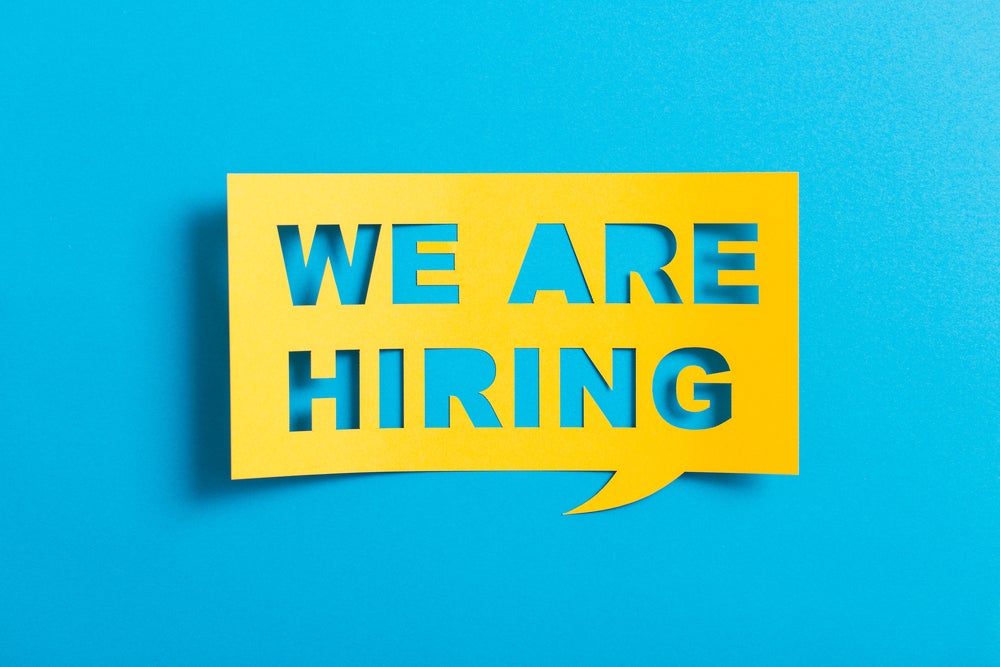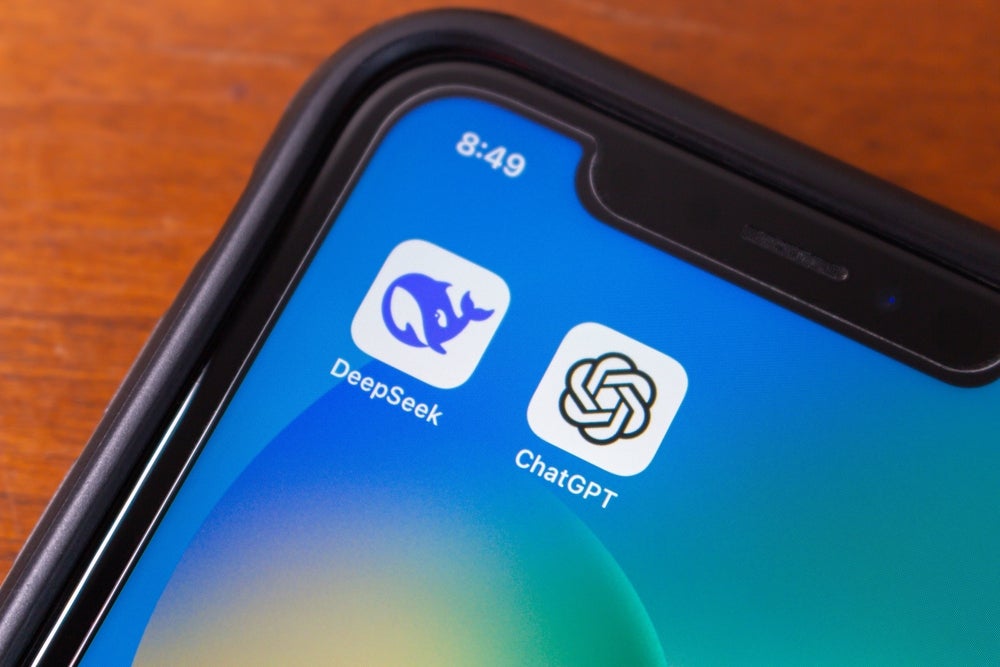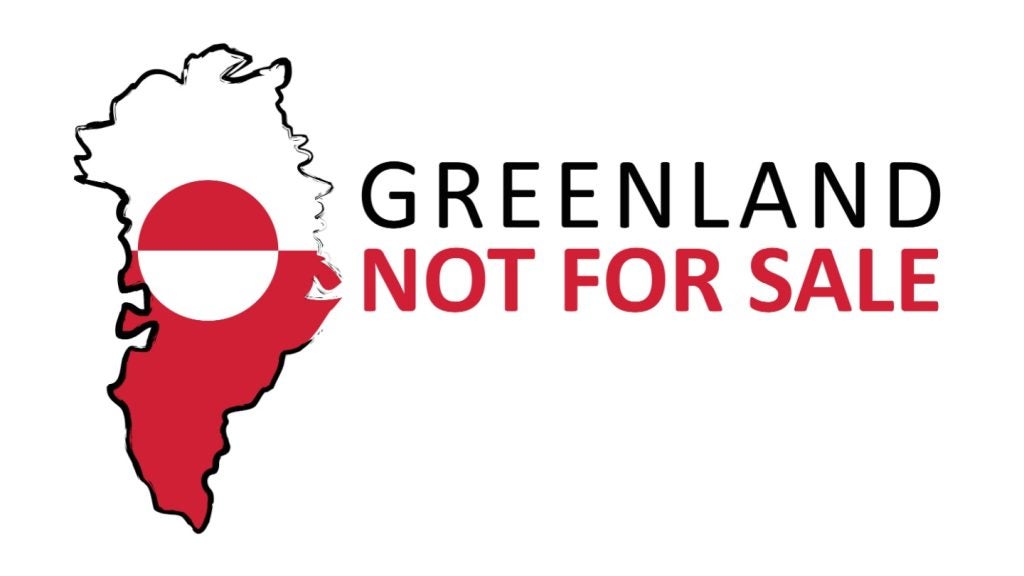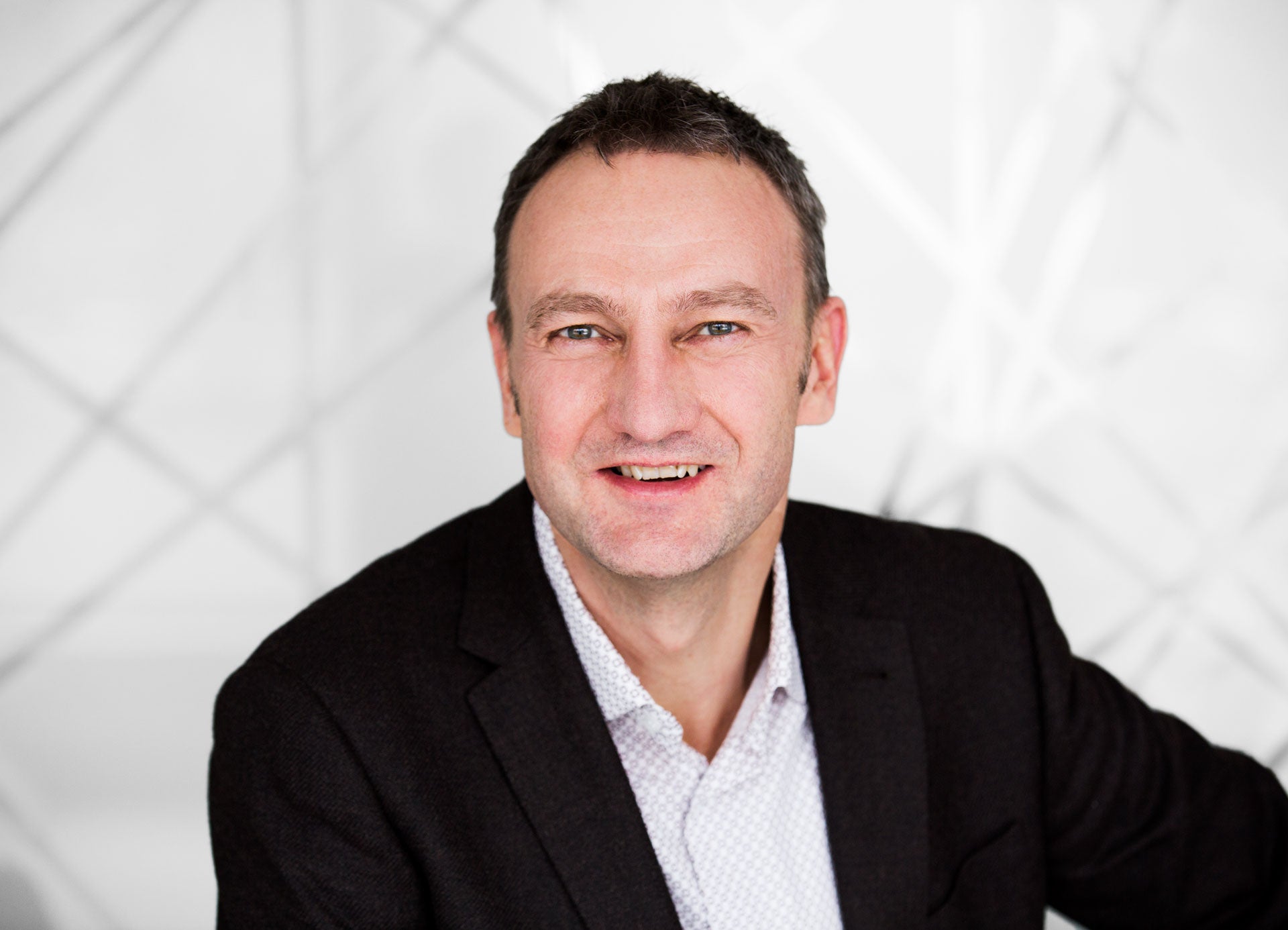
Jonas Lindeborg is the CTO of Sinch, which provides a cloud communications platform to enable businesses to send mobile messages, voice and videos in seconds. Founded in 2008 in Stockholm, Sweden, Sinch has grown from a six-man team to a 500-strong company. Its platform, which is used by eight of the US’ ten largest tech companies, now handles 25 billion API transactions per year.
In this Q&A, the second in our weekly CTO Talk series, Lindeborg explains the value of natural language processing, how technology can be used to foster positive interactions and why SMS messaging is still an exciting technology.
Rob Scammell: Tell us a bit about yourself – how did you end up in your current role?
Jonas Lindeborg: It’s a real mix – from home computers in my teens, a computer and programming focus through school, working for a software startup in the early 90s (which was fun but did not scale!) and spending most of the 90s developing safety-critical compilers and custom CAD systems. However, I wanted to influence things, so I drifted into management.
I spent most of the 00s heading up the Symbian development site in Sweden, did my MBA, then bailed out as iPhone and Android happened. I joined a mobile push startup in 2008, which was acquired by Mblox 2010 and ended up as CTO. That then got acquired by CLX in 2016 and then in 2019 we rebranded as Sinch.
As chief technology officer, it’s my role to ensure that Sinch develops the most advanced technologies for our clients across the globe who rely on our cloud services to provide best in class mobile communications with their customers.
What’s the most important thing happening in your field at the moment?
If we talk about the business Sinch is in, I think the move toward two-way communication and how consumers want to interact with businesses is so important. It needs to be as easy as interacting with friends, asynchronously via mobile texting. At Sinch, we offer both messaging and voice cloud services that can power such B2C and C2B conversations.
How well do you really know your competitors?
Access the most comprehensive Company Profiles on the market, powered by GlobalData. Save hours of research. Gain competitive edge.

Thank you!
Your download email will arrive shortly
Not ready to buy yet? Download a free sample
We are confident about the unique quality of our Company Profiles. However, we want you to make the most beneficial decision for your business, so we offer a free sample that you can download by submitting the below form
By GlobalDataContinuing on conversations, we also need to understand how AI and specifically natural language processing (NLP) is best used to automate conversations. So we’re at an interesting convergence of Messaging and Voice services, combined with technical challenges around reach, scalability, latency and availability combined with cutting edge AI/NLP technology.
If we broaden our perspective a bit and look at technology in general, I think we want to ensure that technology does all it can to facilitate positive interactions. This has been a focus at Sinch.
An example came earlier this month when we partnered with Mental Health America to tackle online negativity. People are spending increasingly more time on their phones, but still feeling more and more isolated. In response we launched the world’s first positive texting service – allowing people to send and receive a Text for Humanity – a positive message connecting people from across the world with simple words of kindness.
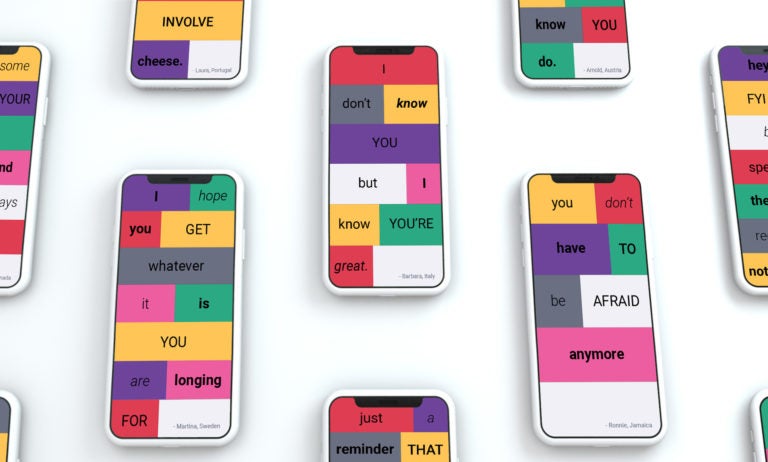
Which emerging technology do you think holds the most promise once it matures?
Probably beyond emerging now, but I would say NLP/NLU [natural language understanding] and the whole cloud native approach. When we achieve reliable and robust NLP/NLU we will be able to automate many more business processes so they become more efficient. Cloud native has such promise as you no longer deal with hardware, or virtual hosts, or operating systems but just you just run your code in cloud.
On the other end of emerging technology is a decades-old technology we love at Sinch, it’s offering more and more to people every year! The text message! Ten years ago, many were predicting the demise of SMS messaging, in fact, the opposite has happened – it has been embraced as the speedy and robust way to do customer communication for businesses.
In fact, Ovum has forecast that by 2022 business use of SMS will generate more revenues for telco businesses than person-to-person SMS. And in a global study conducted by Sinch, we saw that consumers favor mobile messaging over email in many situations – in fact, they said that they are 35X more likely to open a mobile message from a business than an email. People expect brands to meet them as individuals, which is why richer messages, with imagery and video, are breaking through and enabling conversations.
How do you separate hype from disruptor?
I think there is only one judge and that is time. Only time will tell.
What’s the best bit of advice you’ve been given?
Honestly, I don’t know! There’s nothing that sticks in my mind that I constantly come back to. I do get a lot of helpful advice from my wife!
I think advice from your peers is great but also, independent thinking is equally important. We tend to look at what others had success with and forget about adding our own filter as to whether that process or technology would actually work in our business or to solve the problem we are looking at.
Where did your interest in tech come from?
I’m pretty sure it stems from my father. I have a picture of me wrenching on our family’s 1966 Ford Taunus when I was about three years old. I spent my early teens behind the brick-like keyboard of Vic20 and Commodore 64, pretty much the first home computers you could have. I quickly realised that you could create your own games which I found more interesting than playing 2D Space Invaders. It got me excited about the very tight loop of create-reward in programming. Creating and building things is really what gets me energised.
What does a typical day look like for you?
I spend a lot of time in meetings talking to both my team and stakeholders in our product development organisation. Most of my focus is on running our Engineering team and all the operational aspects involved – priorities, resources, system design, quality improvements etc. As Sinch continues to grow, I’m spending more time meeting tech companies for potential partnerships, and of course for potential acquisitions as we have an active M&A strategy.
What do you do to relax?
I’m very active – so working out with my wife or running during the warmer months in Sweden. I love travelling with our kids. And finally, driving my old home-built Lotus 7 replica.
Who is your tech hero?
It’s a non-software one, Colin Chapman. The number of innovations and disruptions he produced over the years as a Formula 1 car designer is impressive. And a software hero? I would say Ritchie and Kernighan. C was the first language I got really proficient in. I think real programming languages should be able to generate a sigsegv!
What’s the biggest technological challenge facing humanity?
I’m thinking CO2-neutral power generation, and energy storage technology – o, better batteries! Think about the difference it would make if we don’t focus on increasing the capacity of today’s batteries but being able to charge them ten times faster. I think we need faster charging, not more capacity.
In our line of business, I think it’s about security and trust. Almost every technology we use for digital communications today stems from an era where security was not a focus – the internet has zero security by design. Combining security by design with ease of use is a major challenge.
Also, we need one secure universal digital identity. But, who would be a trusted issuer of such? It might need to be a government solution. Anyway, trusted and universal digital identities is a complex challenge but a very important one, I think.
Read more: CTO Talk: Q&A with Druva’s Milind Borate



